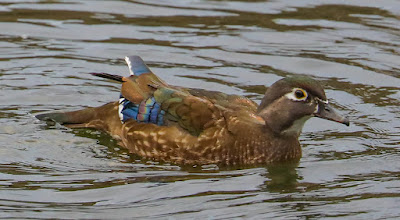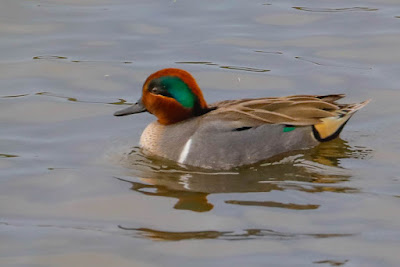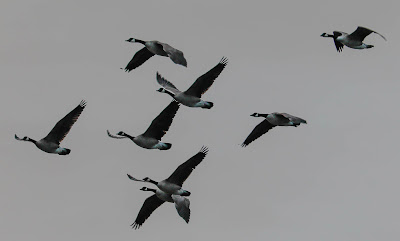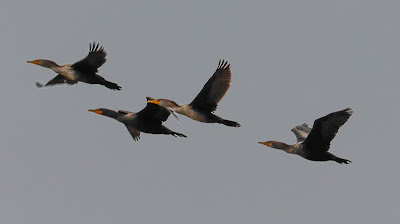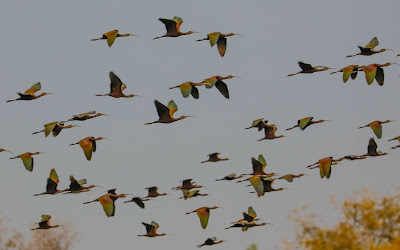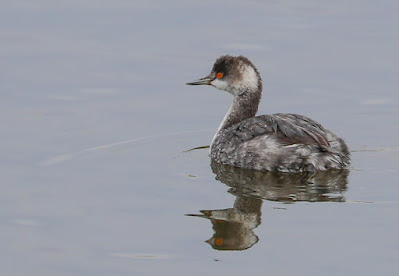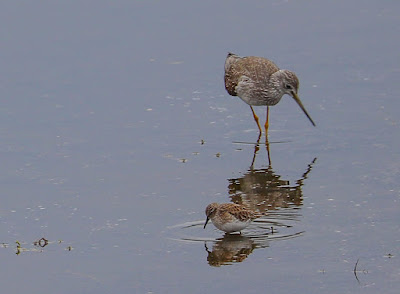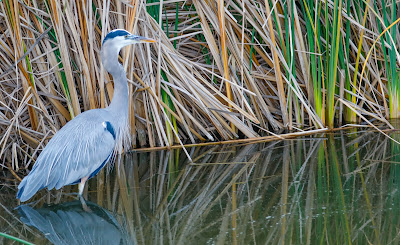I've been wanting to see a wood duck for some time. The Wildlife Heritage Foundation calls it "an uncommon yearlong resident in California" that "primarily occurs in the Central Valley and along the Coast Ranges." As I've looked on eBird and iNaturalist for Southern California sightings of the wood duck I've noticed that they tend to be few and far between. I recently noted that a large number, about 15, were seen at Irvine Regional Park in Orange County on a Friday and visited the next day. The wood ducks were still there and I took lots and lots of photos.
The male is the most beautiful North American duck. It has a glossy green head with a purple cheek patch, black crescent sideburns, a yellow "V" separating the bill and the forehead, and a red and white bill with a black tip. It has a slicked back crest that freely hangs off the neck like a waterfall, a white chin and throat, bright red eyes with a black pupil, a chestnut breast with variably shaped white spots, a dark back and hindquarters with varying colors, including black, blue and violet, a side separated from the breast by a white and black stripe, a large patch of tan, followed by red, purple and some orange stripes; a white belly and yellowish/orange legs and feet.
The female is quite drab in comparison. It has a grayish head and upperparts, a gray bill, a distinguishing white "teardrop" around each eye, a white throat, a white spotted brown breast, a white belly, dirty yellow legs and feet, and a chevron of violet, blue and white feathers inserted in the resting wing.
Some other photos that show this beautiful duck off:













